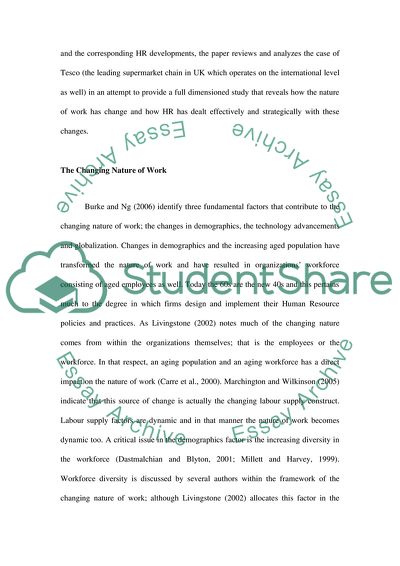Cite this document
(The Changing Nature of Work and its Implications on Human Resource Research Paper, n.d.)
The Changing Nature of Work and its Implications on Human Resource Research Paper. Retrieved from https://studentshare.org/human-resources/1735073-people-management-and-development
The Changing Nature of Work and its Implications on Human Resource Research Paper. Retrieved from https://studentshare.org/human-resources/1735073-people-management-and-development
(The Changing Nature of Work and Its Implications on Human Resource Research Paper)
The Changing Nature of Work and Its Implications on Human Resource Research Paper. https://studentshare.org/human-resources/1735073-people-management-and-development.
The Changing Nature of Work and Its Implications on Human Resource Research Paper. https://studentshare.org/human-resources/1735073-people-management-and-development.
“The Changing Nature of Work and Its Implications on Human Resource Research Paper”, n.d. https://studentshare.org/human-resources/1735073-people-management-and-development.


